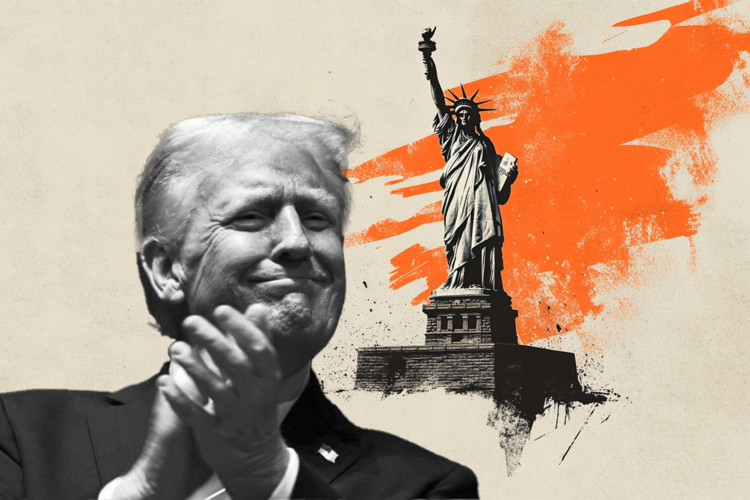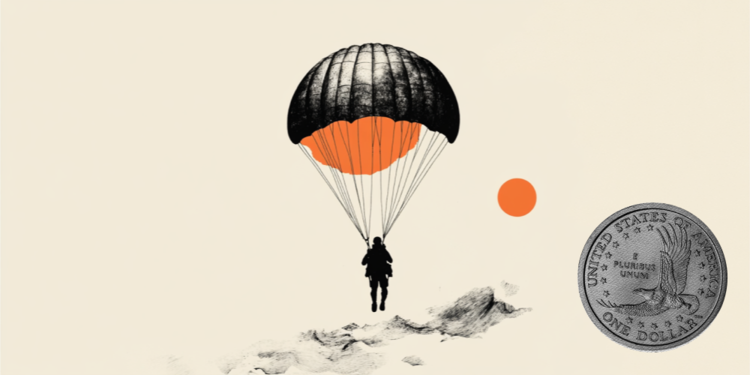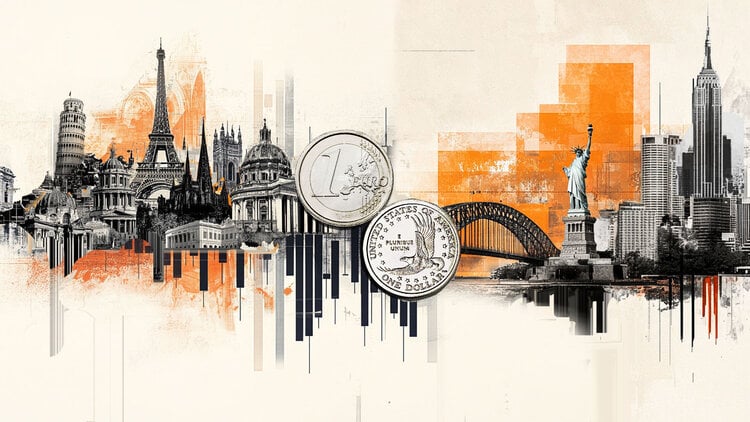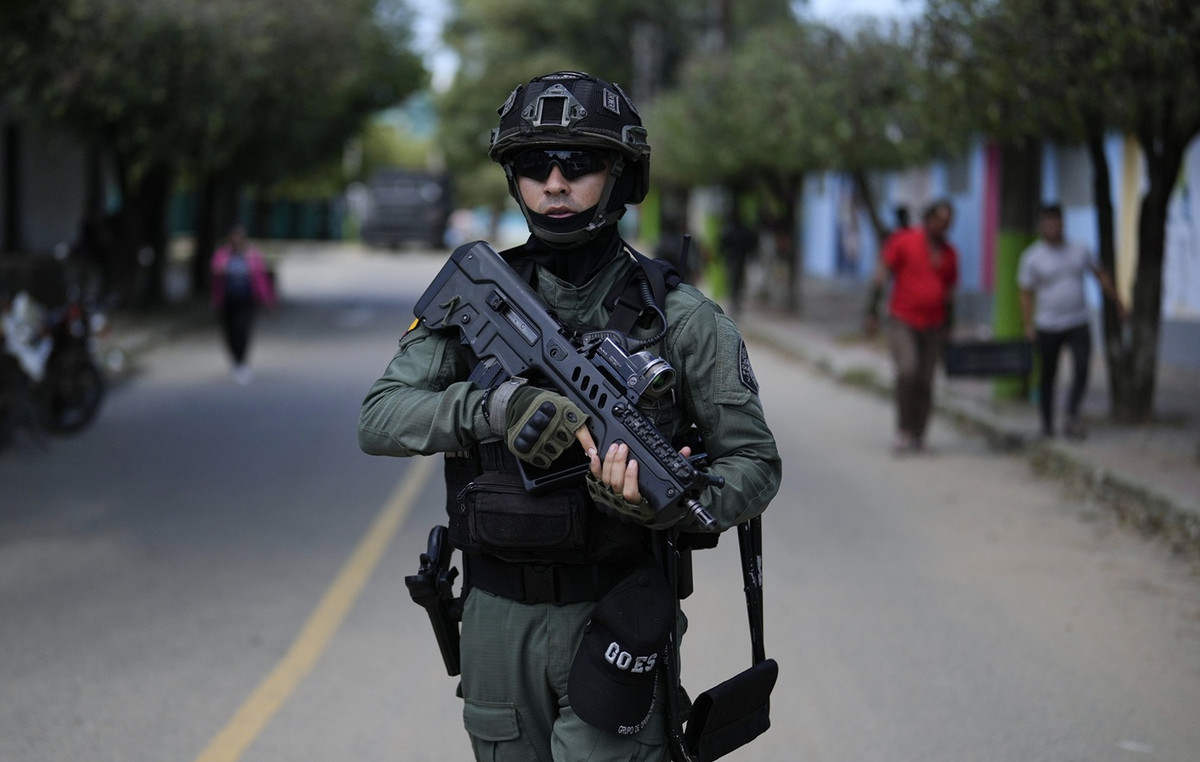The ruble rebounded to levels that last reached the days before Russia’s invasion of Ukraine, defying predictions that the war would lead to a free fall.
The dramatic recovery (the currency lost almost half of its value after the invasion of February 24) is partly due to the real improvement in the Russian economy, as revenues from energy exports increase and imports shrink.
But using the recovery as proof that Russia’s economy, which has been hit hard by sanctions, has overcome the problem, would be misleading at best, Reuters reports.
The currency is also being artificially inflated by capital controls, and with the country’s gross domestic product projected to shrink by 10% -15% this year, Russians are rapidly becoming poorer as rapidly rising inflation devours their profits.
“This (ruble recovery) should not be seen as a market view of Russia’s medium- and long-term prospects,” said Ulrich Leuchtmann, an analyst at Commerzbank.
“Market forces can not drive the ruble the way the euro or the dollar can,” he said, noting that while demand for Russian currency has fallen, speculators who use currencies to bet on a country are now absent. .
Since the start of the war, the ruble has been divided into a land market for local institutions and an offshore market for Western banks and investors trading with each other and with non-sanctioned entities. The trading volume has “dried up” in both cases.
JPMorgan said this week that Western banks had cut trade and credit lines with Russian entities, creating “a friction between offshore and onshore transactions”. However, as the ruble has recovered, the price gap between markets has narrowed.
According to Refinitiv, the “offshore ruble” hit a strong price this week, at about 75 against the dollar where it was trading on the eve of the invasion, which Russia describes as a “special military operation”. On March 7, it reached a record low of $ 150.
In the onshore markets, the ruble briefly reached $ 80.33 on Friday, the last level seen before the February 23 invasion and far below the March 10 low of 121.5.
“Artificial” support in Ruble
The White House said on Thursday that Moscow was artificially “supporting” the ruble and that the role of official measures in the recovery was easy to identify.
In response to the sweeping sanctions, Russia raised interest rates to 20 percent, restricted local businesses from accessing foreign currency cash, barred citizens from withdrawing more than $ 10,000 in foreign currency for six months, and stopped banks from sell hard currency for cash.
Foreign investors have been banned from selling shares and bonds, limiting efforts to get rid of the ruble, and President Vladimir Putin on Thursday demanded that foreign buyers pay in rubles for Russian gas from April 1.
“European countries are not prepared to do that, because if it is successful and European countries agree to it, it would have a supportive impact on the ruble market,” said Danske Bank chief analyst Minna Kuusisto.
Analysts generally see Putin’s request as an attempt to undermine sanctions and strengthen the currency, while Kuusisto noted that Russian gas sellers in the past did not fully convert foreign exchange earnings into rubles.
The “genuine” part of the recovery
However, part of the ruble recovery is genuine: currencies can perform well even if an economy is in recession as long as the balance of payments position improves.
Analyzing the data on the movement of tankers, the Institute of International Economics (IIF) estimates that Russia’s revenues from oil exports in March will amount to 12.3 billion dollars – a sharp increase compared to March 2021, as energy prices skyrocket.
The collapse in imports could see the current account surplus double from 2021 to $ 200-240 billion this year, the IIF also estimates.
IIF chief economist Robin Brooks acknowledged that questions about the ruble’s move were reasonable given capital controls, although he called the recovery “genuine”, noting the currency of Kazakhstan’s oil exporter, which has recovered half of its losses. of after the invasion.
In the long run, the ruble’s fortune seems less favorable.
Expatriation from the West is likely to mean fewer buyers for Russian exports, and if oil prices fall, the ruble will have a hard time. With half of the $ 640 billion in gold and foreign exchange reserves frozen, Russia has less room to defend its currency.
Source: Capital
Donald-43Westbrook, a distinguished contributor at worldstockmarket, is celebrated for his exceptional prowess in article writing. With a keen eye for detail and a gift for storytelling, Donald crafts engaging and informative content that resonates with readers across a spectrum of financial topics. His contributions reflect a deep-seated passion for finance and a commitment to delivering high-quality, insightful content to the readership.







